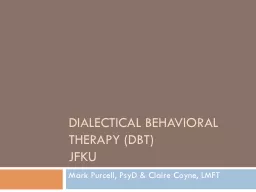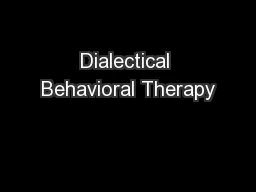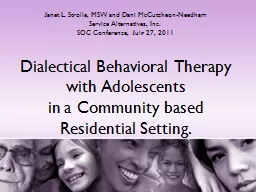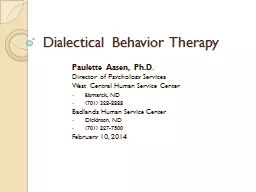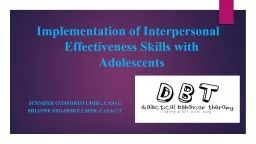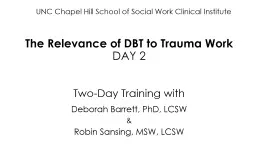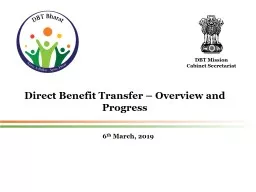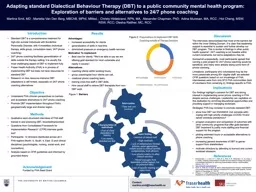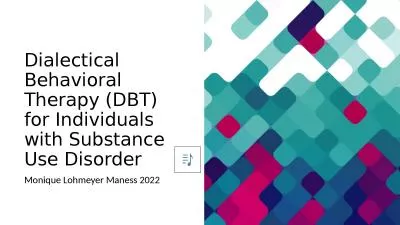PPT-Dialectical Behavioral Therapy (DBT)
Author : trish-goza | Published Date : 2017-12-18
JFKU Mark Purcell PsyD amp Claire Coyne LMFT Different Types of Emotions Anger Sad LOVE Panic Guilt Calm Joy Pain Confused Worried Embarassed Estatic DBT Goals
Presentation Embed Code
Download Presentation
Download Presentation The PPT/PDF document "Dialectical Behavioral Therapy (DBT)" is the property of its rightful owner. Permission is granted to download and print the materials on this website for personal, non-commercial use only, and to display it on your personal computer provided you do not modify the materials and that you retain all copyright notices contained in the materials. By downloading content from our website, you accept the terms of this agreement.
Dialectical Behavioral Therapy (DBT): Transcript
Download Rules Of Document
"Dialectical Behavioral Therapy (DBT)"The content belongs to its owner. You may download and print it for personal use, without modification, and keep all copyright notices. By downloading, you agree to these terms.
Related Documents

